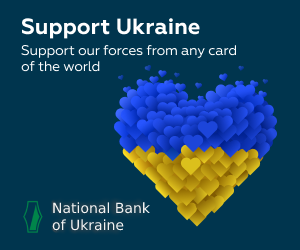The problem is not unique to ORMs, although many find it because it is a common problem, but not inherent in them. And do not believe in people's ability to do it wrong manually:).
The ORM appears more because a naive implementation will force the problem to always occur.
Alias is not only a problem of the ORM itself, but of modeling objects with related data. Either use a database with a non-relational model that has its problems there, or adopt the relational model in the application.
Still, you can do something when you mix both models.
The problem is common when there is an object and other N related, hence the name N + 1 which is the "father" of these N. The problem becomes clear when the query takes the main data, let's say it is a fiscal note , and then will pick up the lines of items that make up the note. Getting to fetch data individually in the database can become very costly, especially in the poorly designed architecture that many people do (some out of necessity).
Generally at least 1 + 1 is required, which is a failure of relational model communication (not the model, but rather how they communicate in the current implementations, which I consider to be an error, and instead of fixing this, they created another model worse, it is the history of our area, they solve a problem with another problem, but nothing that another problem can not solve this too).
Alias, this is why some people like to use a NoSQL DB as the proxy of the relational. Again, the complexity of the solution increases because the tool has problems that are easy to solve, but nobody does.
But in this case if the size is large will not be a big problem.
The problem with eager loading is that it can bring information you will not even use. But it depends a lot on the problem, there are cases that this is rare, there are others that even if it happens does not even tickle, and in many cases the fact that it comes more than accurate generates an overhead so small that a simple extra query will already be worse, ie a 1 + 2 may already be worse. Imagine reading a single invoice and it will bring all the lines of all invoices to avoid the N + 1, total waste.
This is the problem of automated solutions or programmers who do not understand what they are doing and adopt solutions automatically. The real solution is to understand what will happen in that case and decide what is most interesting. Even manually it is complicated to meet all cases, it depends on the query. The ORM may have a mechanism that attempts to "guess" what the best strategy is.
In many cases there is a lot of repetition of information by the way in which it is agreed to work with tabular data, generally using JOIN .
Most of the time bringing everything at once is often more interesting than bringing one by one.
For lack of a better solution would be something like:
SELECT * FROM Nf
SELECT * FROM NfItem
If you have 1000 notes and an average of exactly 10 items per note, there will be 11,000 lines in all, with 2 queries, one large and one huge.
In opposition to the form N + 1:
SELECT * FROM Nf
SELECT * FROM NfItem WHERE NfNumero == Nf.Numero
SELECT * FROM NfItem WHERE NfNumero == Nf.Numero
SELECT * FROM NfItem WHERE NfNumero == Nf.Numero
SELECT * FROM NfItem WHERE NfNumero == Nf.Numero
.
.
.
Tantos quantos forem a quantidade de notas fiscais existentes.
Here you will also have 11 thousand lines, but with 1000 small queries and 1 large.
The code is very abstract, just to illustrate.
Try frying one potato fillet at a time and a bunch of fillet at a time. The first one ends quickly individually, but the whole is tragic, the second takes longer, but when it's finished, everything is ready. It's only a problem if you find out you sold only 3 fillets, and fried the package.





